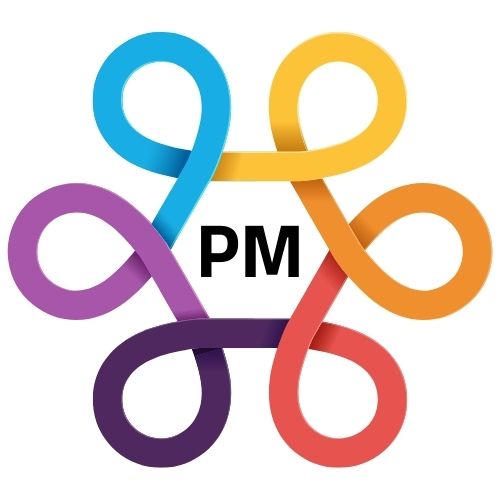Push Notifications in Mobile Apps: Best Practices for Marketing Success

Push Notifications in Mobile Apps: Best Practices for Marketing Success...
Push notifications are a powerful tool for mobile marketers, offering a direct line of communication with app users. When used effectively, they can drive engagement, boost conversions, and enhance customer loyalty. However, misused, they can become intrusive and lead to app uninstalls. Here's a guide to best practices for leveraging push notifications for marketing success.
1. Personalization and Segmentation:
- Segment Your Audience: Don't send generic notifications to all users. Segment your audience based on demographics, behavior, and preferences to deliver targeted messages.
- Personalize Content: Use user data to personalize notification content, addressing users by name and tailoring messages to their interests.
- Behavioral Triggers: Set up notifications triggered by specific user actions, such as abandoned carts, completed purchases, or app usage patterns.
2. Timing and Frequency:
- Optimal Timing: Send notifications at times when users are most likely to engage. Analyze user behavior to determine the best times for sending messages.
- Avoid Over-Notification: Don't bombard users with too many notifications. Find a balance between staying top-of-mind and avoiding annoyance.
- Time Zone Awareness: Respect users' time zones and avoid sending notifications at inappropriate hours.
3. Clear and Concise Messaging:
- Compelling Copy: Craft clear, concise, and compelling notification copy that grabs users' attention.
- Call to Action (CTA): Include a clear and direct CTA that encourages users to take action, such as "Shop Now," "Learn More," or "Claim Your Offer."
- Use Emojis and Rich Media: Use emojis and rich media (images, GIFs) sparingly to add visual appeal and convey emotions.
4. Providing Value and Relevance:
- Offer Exclusive Deals: Use push notifications to deliver exclusive deals, discounts, and promotions to app users.
- Provide Timely Updates: Send notifications about relevant news, updates, and events that users care about.
- Offer Helpful Information: Provide helpful information, such as order updates, shipping notifications, or appointment reminders.
5. User Opt-In and Control:
- Clear Opt-In Process: Ensure users understand the value of push notifications and provide a clear opt-in process.
- Granular Control: Allow users to customize their notification preferences, such as frequency and categories.
- Easy Opt-Out: Provide an easy way for users to opt out of push notifications if they choose.
6. A/B Testing and Optimization:
- Test Different Messaging: A/B test different notification copy, CTAs, and timing to determine what resonates best with your audience.
- Analyze Performance: Track key metrics, such as open rates, click-through rates, and conversion rates, to measure the effectiveness of your notifications.
- Iterate and Improve: Continuously analyze your data and iterate on your push notification strategy to optimize for results.
7. Deep Linking and Seamless User Experience:
- Deep Linking: Use deep linking to direct users to specific pages or sections within your app, creating a seamless user experience.
- Relevant Landing Pages: Ensure that the landing pages linked from your notifications are relevant to the message and provide a smooth transition.
8. Respecting User Privacy:
- Transparent Data Usage: Be transparent about how you collect and use user data.
- Comply with Regulations: Adhere to relevant privacy regulations, such as GDPR and CCPA.
Benefits of Effective Push Notifications:
- Increased Engagement: Push notifications can boost app engagement and drive user activity.
- Higher Conversion Rates: Targeted notifications can lead to increased conversions and sales.
- Improved Customer Retention: Personalized notifications can enhance customer loyalty and retention.
- Enhanced Brand Awareness: Consistent and relevant notifications can keep your brand top-of-mind.
By implementing these best practices, you can leverage push notifications to build stronger relationships with your app users, drive meaningful engagement, and achieve your marketing goals.
